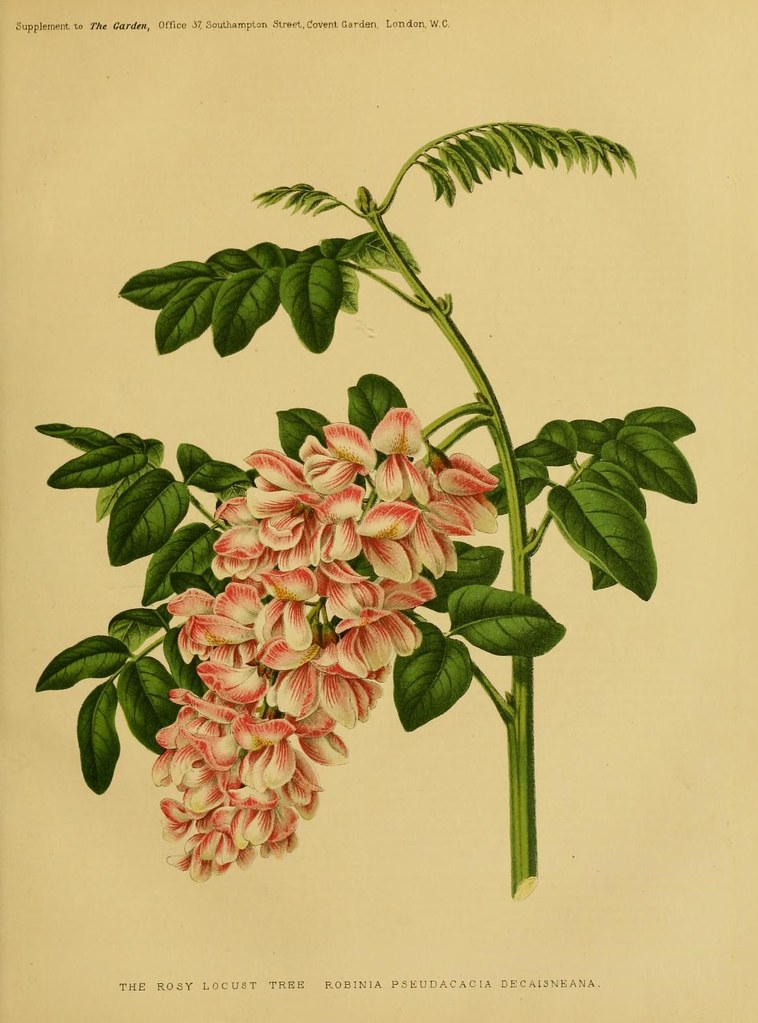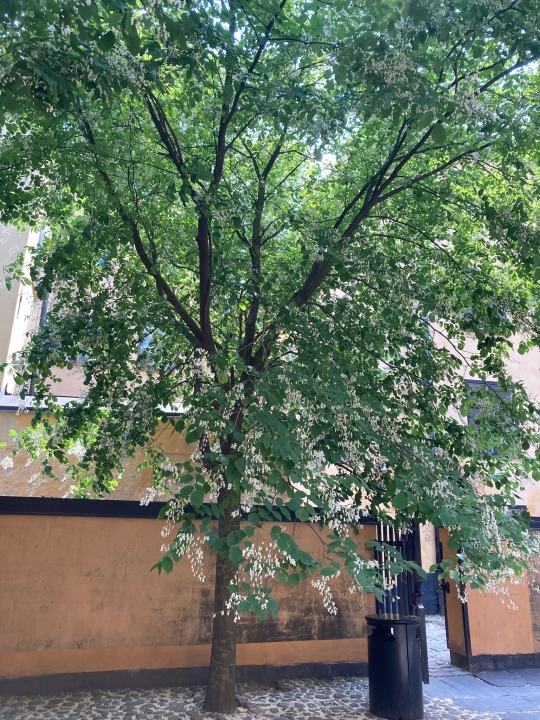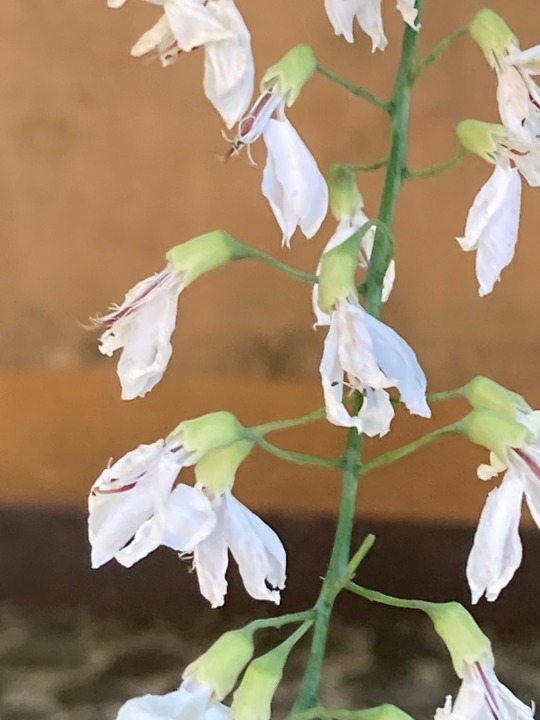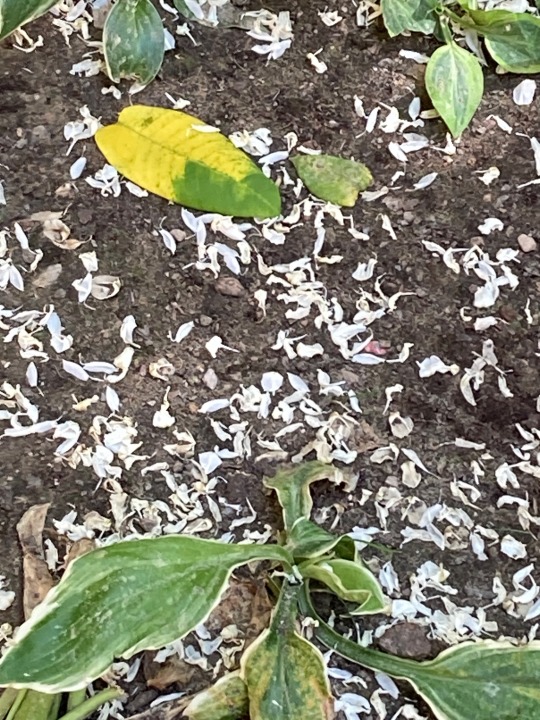#robinia pseudoacacia
Text
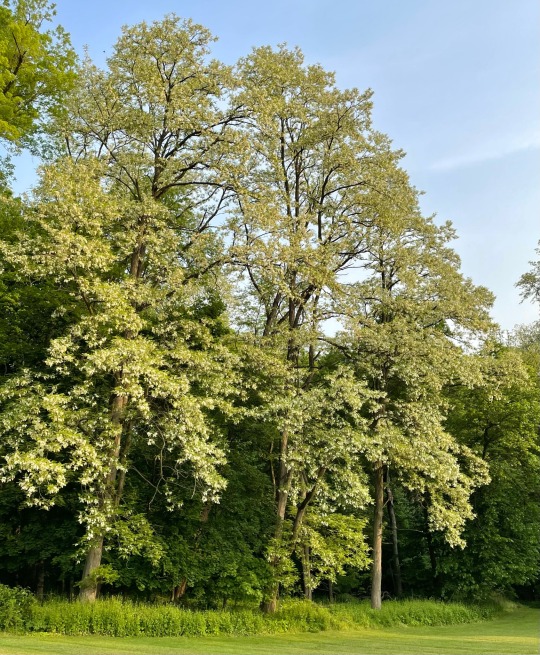
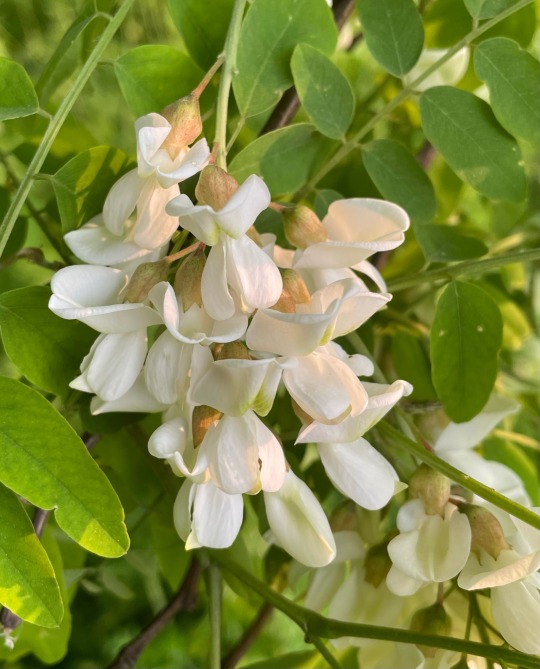

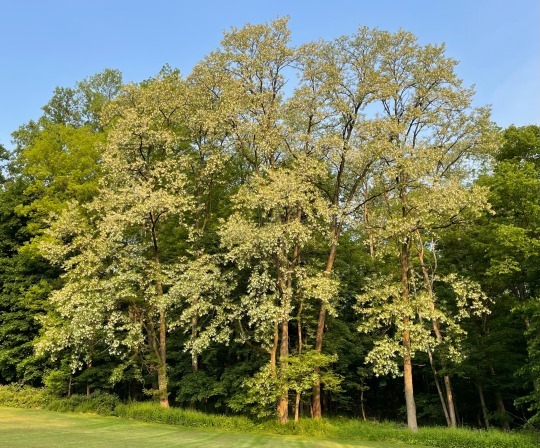
The black locust trees are in bloom and they are absolutely magnificent. The air around them smells sweet and it’s worth extra effort to smell the flowers up close.
#10/10 would sniff again#pennsylvania#flowers#flowering trees#black locust#robinia pseudoacacia#may#springtime#legumes
463 notes
·
View notes
Text
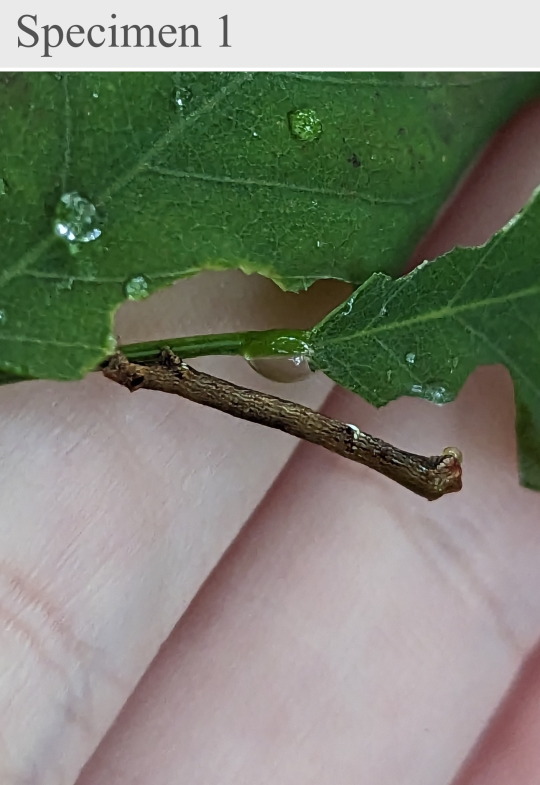



Inchworms found on Black Locust
Unidentified, family Geometridae
Hostplant - Robinia pseudoacacia
23/03/23 - NSW, Berrima
#invertebrates#invertblr#Arthropods#Arthropoda#bugs tw#insects#insect#insecta#insectblr#insects tw#bugs#bugblr#bug#entomology#Unidentified#Geometridae#Robinia pseudoacacia#inchworms#geometer moths#larvae#larval stage#lepidoptera#lepidopterology
26 notes
·
View notes
Photo
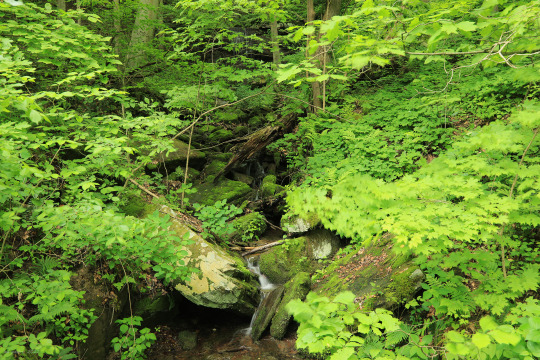
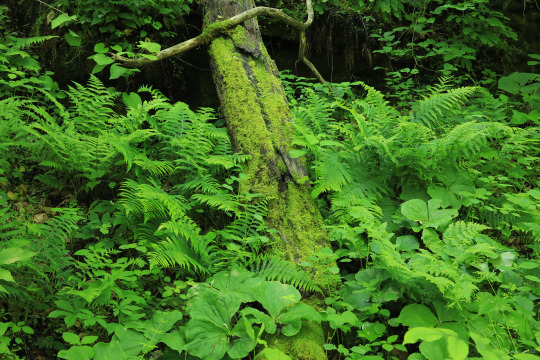
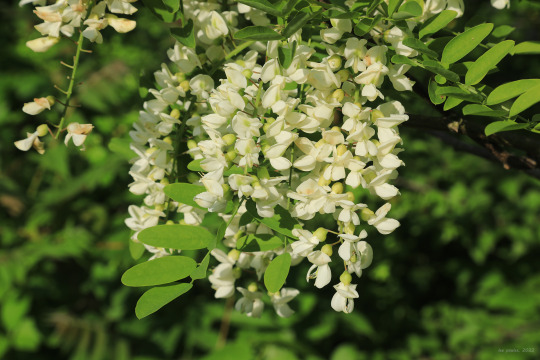

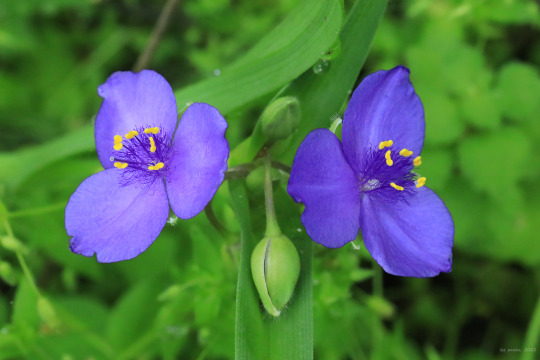

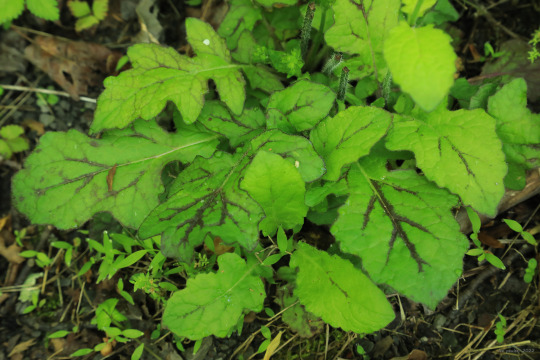



It was such a glorious Saturday morning, I couldn’t pass up a bike ride on the Mon River Trail. It’s hard to believe the spring ephemerals are mostly gone now that the canopy has closed in, but Mother Nature doesn’t doddle. As compensation, she has given us stunning new greens and a lush carpet of ferns.
From top: black locust (Robinia pseudoacacia), a Central Appalachian endemic that has been widely cultivated outside of its native range and is now naturalized in many other parts of North America and Europe; American bladdernut (Staphylea trifolia), a large, suckering shrub that forms the most amazing fruit, encased in a three-chambered bladder; Virginia spiderwort (Tradescantia virginiana), which despite its unappealing name is an absolutely gorgeous, spring-blooming dayflower; lyreleaf sage (Salvia lyrata L.). a highly appealing spring-blooming mint with incredibly showy foliage; Philadelphia fleabane (Erigeron philadelphicus), distinguished from other spring asters by it clasping leaves; Virginia waterleaf (Hydrophyllum virginianum), an edible green sometimes referred to as Shawnee salad; and Canada violet (Viola canadensis), one of the last and most stately violets to bloom in this area.
#appalachia#vandalia#west virginia#mon river trail#spring#wildflowers#flora#robinia pseudoacacia#black locust#staphylea trifolia#american bladdernut#tradescantia virginiana#virginia spiderwort#salvia lyrata#lyreleaf sage#erigeron philadelphicus#philadelphia fleabane#hydrophyllum virginianum#virginia waterleaf#shawnee salad#viola canadensis#canada violet
158 notes
·
View notes
Video
n344_w1150 by Biodiversity Heritage Library
Via Flickr:
The Avicultural magazine Ascot, Berkshire, etc. :Avicultural Society, etc. biodiversitylibrary.org/page/56188723
#Birds#Cage birds#Periodicals#Smithsonian Libraries#bhl:page=56188723#dc:identifier=https://biodiversitylibrary.org/page/56188723#taxonomy:binomial=Triclaria malachitacea#Blue-bellied parrot#flickr#i THINK that's a locust tree#Robinia pseudoacacia#black locust#false acacia#locust#locust tree#parrot#triclaria malachitacea
8 notes
·
View notes
Text
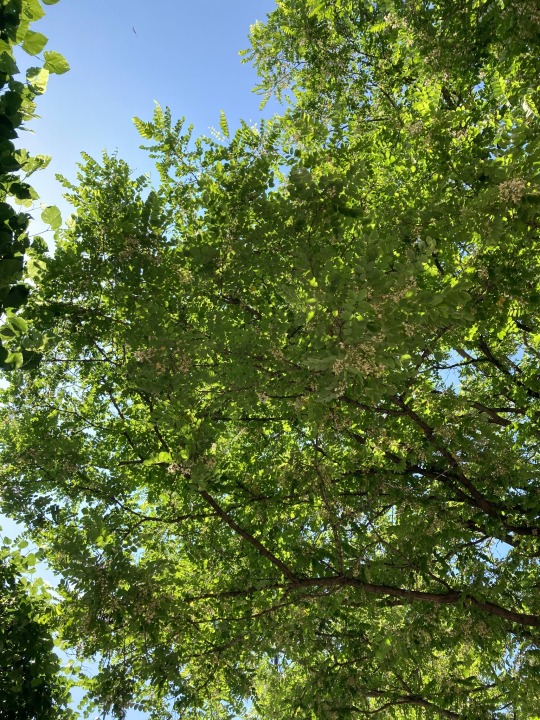

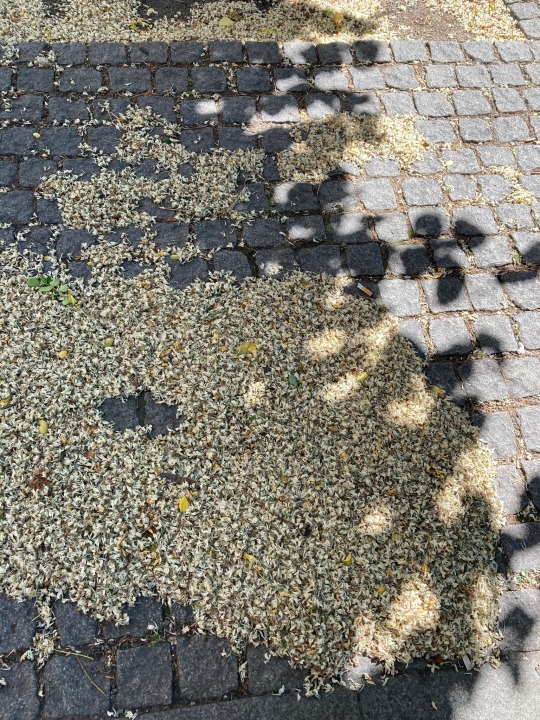

#black locust#robinia pseudoacacia#flowering trees#fallen blossom#sunlight through leaves#stockholm#sweden
2 notes
·
View notes
Photo
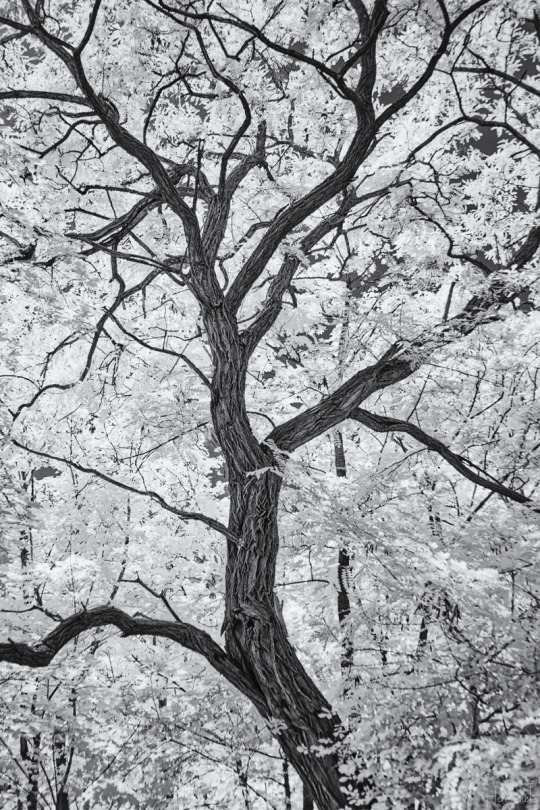
#photographers on tumblr#original photographers#black and white#infrared photography#tree#trees#nature#black locust#blackthorn acacia#acacia#robinia pseudoacacia#structure#infrared
5 notes
·
View notes
Text

Robinia pseudoacacia / Black Locust at the Sarah P. Duke Gardens at Duke University in Durham, NC
#Robinia pseudoacacia#Robinia#Fabaceae#Black Locust#Locust#Native plants#Native flowers#Native trees#Plants#Flowers#Trees#Nature photography#photographers on tumblr#Sarah P. Duke Gardens#Duke Gardens#Duke University#Durham#Durham NC#North Carolina#False acacia
0 notes
Text

Blossoms and leaves from a robinia pseudoacacia tree in black vase
0 notes
Text

Robinia pseudoacacia
#photography#nature#landscape#beautiful#my photography#floral#myphone#tree#wood#botanic#plants#leaves#Robinia pseudoacacia
0 notes
Text
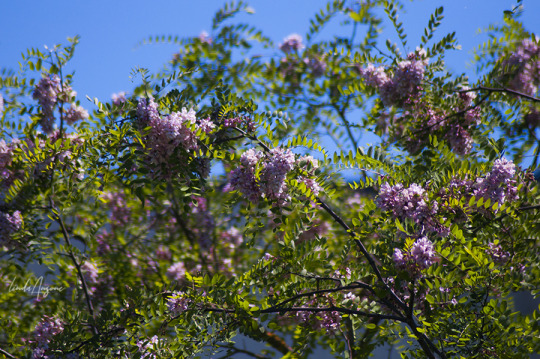

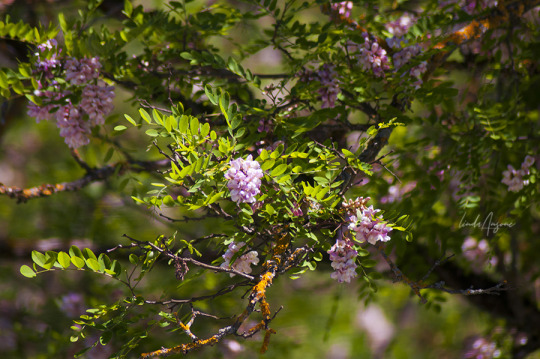
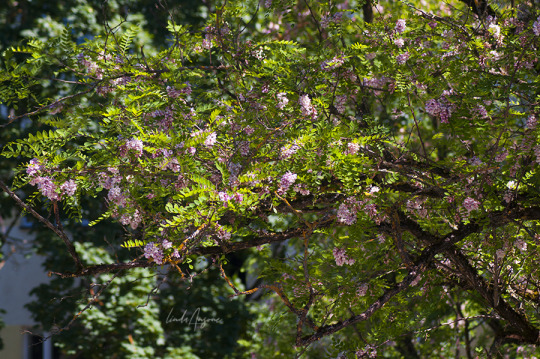
#blossoms#floral#plantcore#acacia#pseudoacacia#robinia#nature#nature photography#original photographers#photographers on tumblr
175 notes
·
View notes
Photo


Black locust tree in bloom. Robinia pseudoacacia. Whenever they’re in bloom you can hear the cedar waxwings high in the branches nipping the flowers off at the back to steal the nectar. I’ve walked through the woods this time of year but in other years and had blossoms showering around me, their sweet heady scent filling the air, like a preview of paradise.
496 notes
·
View notes
Text

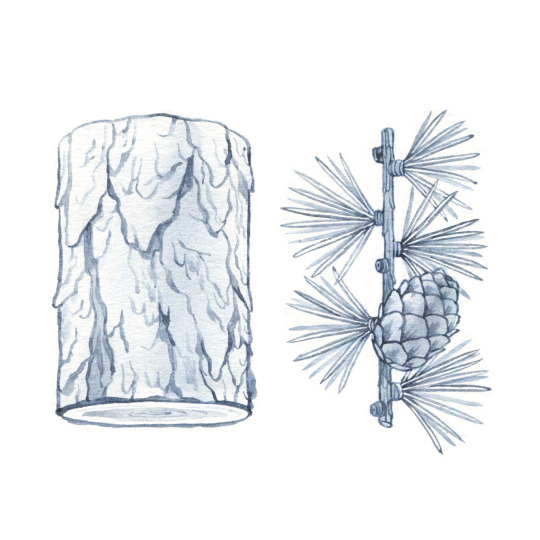



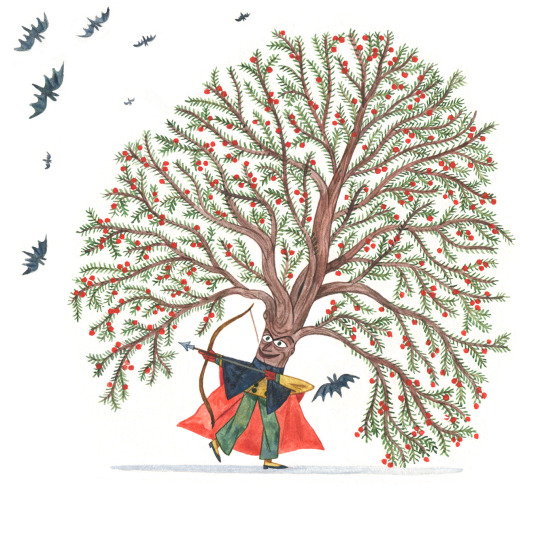

And so my book "Stromové" should be coming out in print this week, so scary 😬
Published by Centrum české dětské knihy
Larix decidua
Robinia pseudoacacia
Taxus baccata
🌲🌳
1K notes
·
View notes
Text

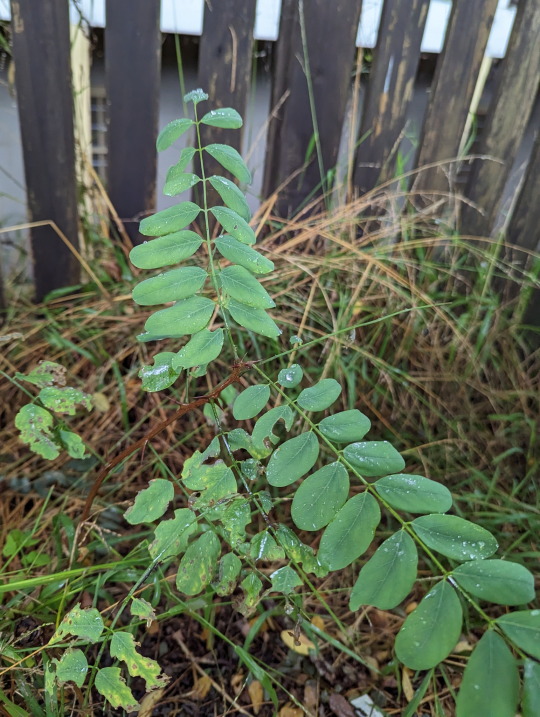

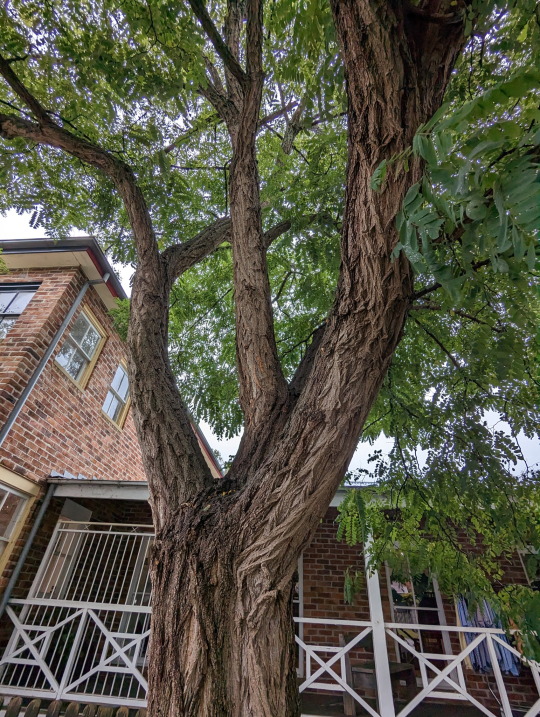
Black Locust (Plant)
Robinia pseudoacacia
23/03/23 - NSW, Berrima
#Black Locust#Robinia pseudoacacia#locust trees#Fabaceae#Legumes#Fabales#Magnoliopsida#dicots#Angiospermae#Flowering Plants#Tracheophyta#Vascular Plants#Plantae#plants#angiosperms#trees#botany
4 notes
·
View notes
Text
November 24th, 2023
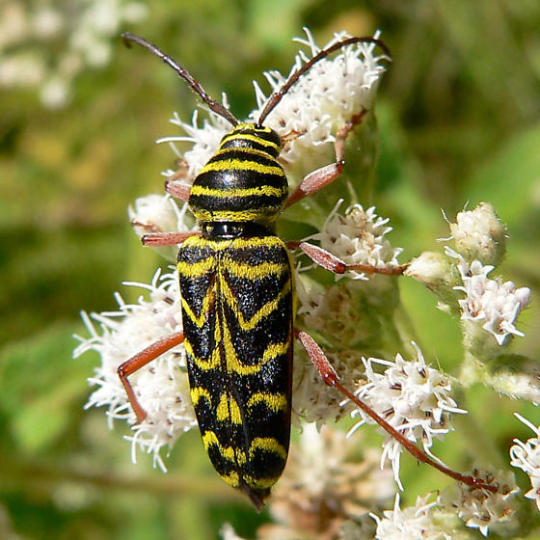
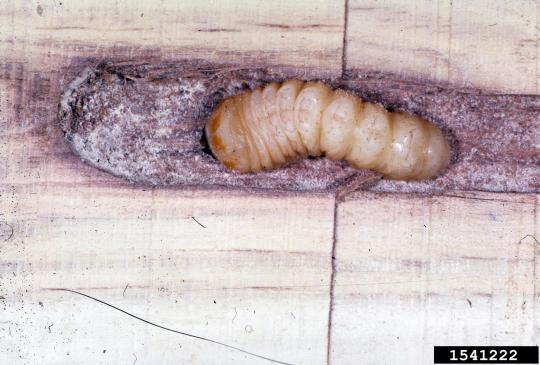

Locust Borer Beetle (Megacyllene robiniae)
Distribution: Originally found only in the northeastern USA, but now found throughout the USA and southern Canada.
Habitat: Usually found in areas where the black locust tree Robinia pseudoacacia is present, especially where goldenrod can also be found; usually uncultivated fields and meadows.
Diet: Larvae feed on woody tissues of the black locust tree; adults feed on the pollen of goldenrod flowers.
Description: The locust borer beetle is a serious pest of black locust trees, singlehandedly destroying the value of what is otherwise an extremely valuable timber tree. Female beetles lay their eggs near wounds or in crevices, where newly-hatched larvae will overwinter. In the spring, they bore into the tree bark, forming tunnels 10 centimetres long and 0,7 centimetres wide. These tunnels serve as an infection site for fungi, which can infect the trees and render them stunted and diseased. Trees suffering from drought and those growing in open areas, like roadsides, or in eroded or nutrient-deficient soil are especially vulnerable to attack. This species isn't known to feed on any other tree species.
(Images by 1) Marcie O'Connor (adult), 2) Lacy L. Hyche (larva) and 3) James Solomon (damage))
11 notes
·
View notes
Video
n52_w1150 by Biodiversity Heritage Library
Via Flickr:
The Garden London,1871-1927 biodiversitylibrary.org/page/32364622
#Library of Congress#bhl:page=32364622#dc:identifier=https://biodiversitylibrary.org/page/32364622#Flowers#flickr#locust#rosy locust tree#robinia pseudacacia decaisneana#false acacia#Robinia pseudoacacia#black locust#botanical illustration#scientific illustration
4 notes
·
View notes

